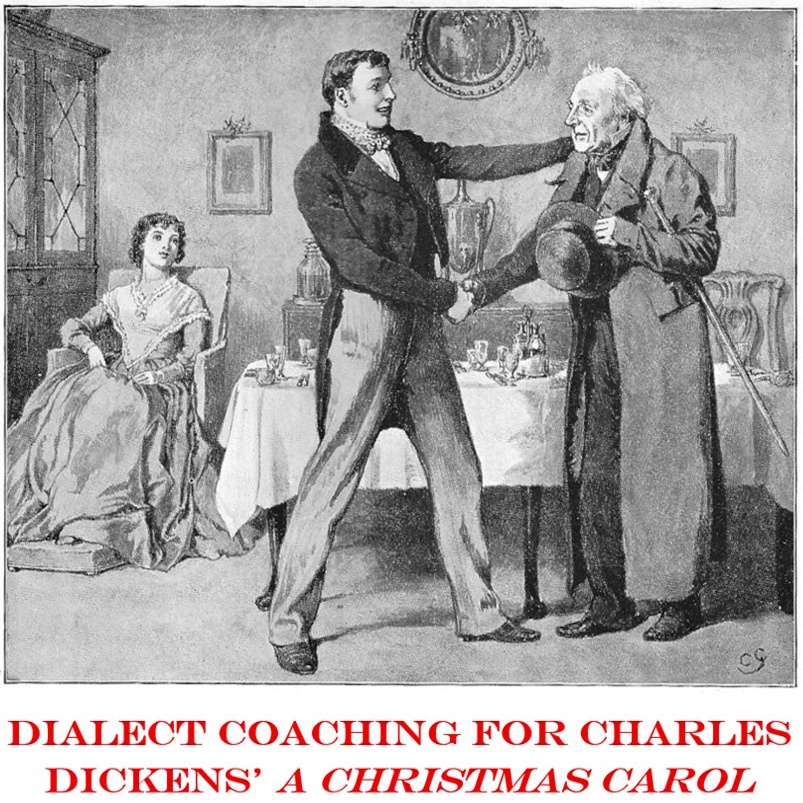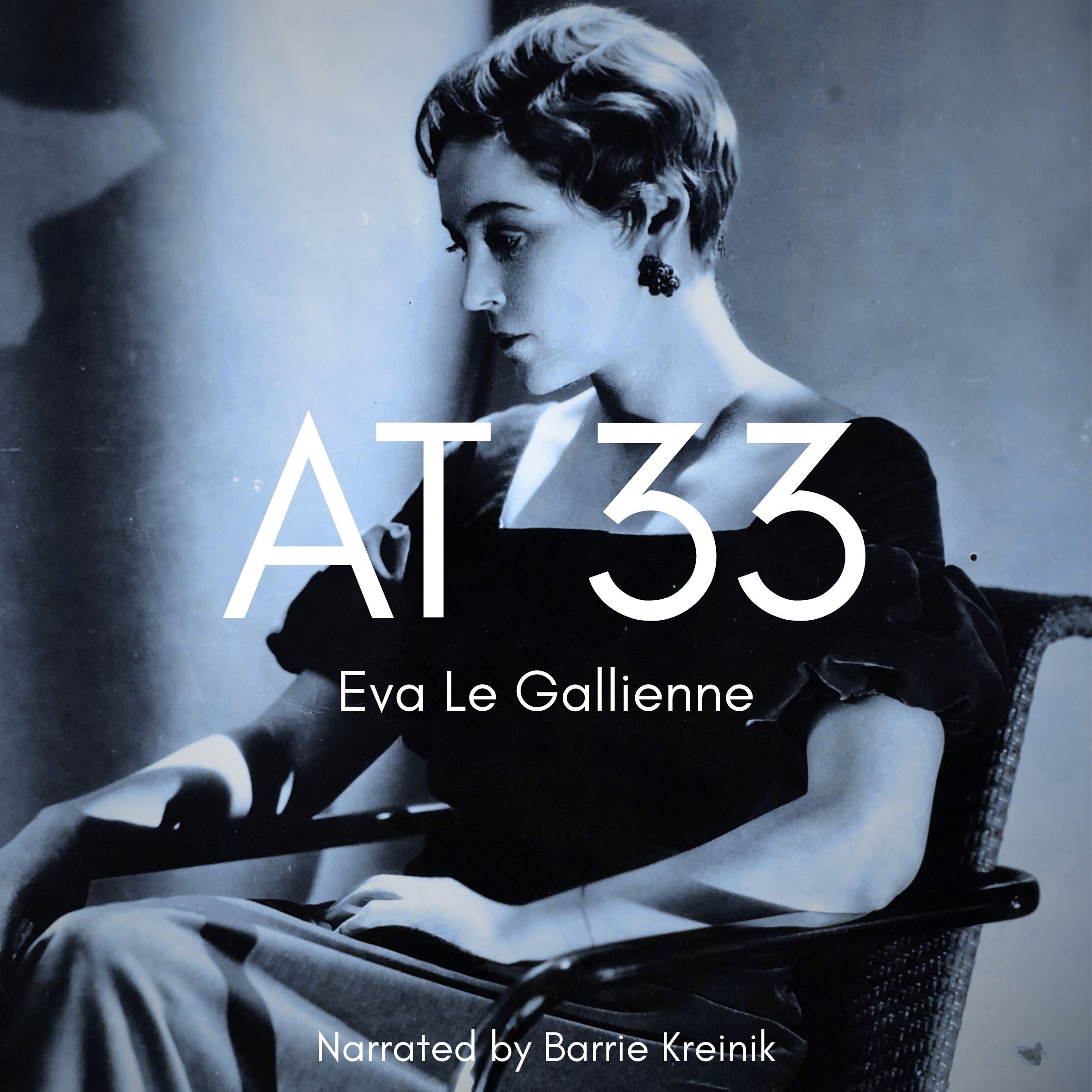Philippines 6
Listen to Philippines 6, a 51-year-old woman from Iloilo City, Philippines. Click or tap the triangle-shaped play button to hear the subject.
Both as a courtesy and to comply with copyright law, please remember to credit IDEA for direct or indirect use of samples. IDEA is a free resource; please consider supporting us.
BIOGRAPHICAL INFORMATION
AGE: 51
DATE OF BIRTH (DD/MM/YYYY): 25/10/1961
PLACE OF BIRTH: Iloilo City, Iloilo, Philippines
GENDER: female
ETHNICITY: Filipino of Ilonggo ancestry
OCCUPATION: businesswoman
EDUCATION: college
AREAS OF RESIDENCE OUTSIDE REPRESENTATIVE REGION FOR LONGER THAN SIX MONTHS:
Subject lived in her native Iloilo City for 19 years before moving to Manila, where she currently resides.
OTHER INFLUENCES ON SPEECH:
Subject was exposed to Spanish at home and English in school. American and British media were also prevalent in the subject’s formative years through books, magazines, television, and films. Subject’s speech may have also been influenced by Manila Tagalog and the speech of her Japanese husband.
The text used in our recordings of scripted speech can be found by clicking here.
RECORDED BY: Aldrin Fauni-Tanos
DATE OF RECORDING (DD/MM/YYYY): 29/05/2013
PHONETIC TRANSCRIPTION OF SCRIPTED SPEECH: N/A
TRANSCRIBED BY: N/A
DATE OF TRANSCRIPTION (DD/MM/YYYY): N/A
ORTHOGRAPHIC TRANSCRIPTION OF UNSCRIPTED SPEECH:
I don’t exactly know what influences the way I speak English. I have, uh, some kind of a Last Song Syndrome that I adjust the way I speak depending on the people I face. So, basically, I grew up in one of the islands in the Philippines, and my main language, uh, was Ilonggo. At 3 years old, since there was still Spanish influence among those around me, my grandmother taught me how to speak Spanish. So, um, when I was, like, 4 or 5 years old, I went to prep school, and, uh, of course English was introduced to us and the people around me anyway also have a third language, which is English, American English, because of the American influence when the Philippine[s] was colonized. Most of them were, were there during World War 2. They were survivors. And when I grew up the, uh, influences on the way we speak were, were in the songs, basically, through the radio; we knew a lot of American songs, and, uh, we read English through books. And later on, uh, the TV came with limited broadcasts and most of the ones that were presented in English were these British shows, which were supposed to be horror films and uh, um, also there were also American cartoons of Hanna-Barbera, which, uh, we watched a lot. Later on, um, I went into theater, and most of my training came from that. And, uh, when I started to work, I dealt with a lot of Japanese until now and people of many nationalities, so I would adjust my accent based on theirs.
[Speaks in Ilonggo:] Ang mga Ilonggo kilalá sa paghambál nga malulô. Kay maskin naga-pangakíg silá, hambál nilá ang mga Ilonggo hindî mabál-an nga nagápangákig kay ‘gentle’ pa gihapon ang ila nga panghambál maskin ga-pangakíg silá. ‘So’ na-hambál nilá, anó, malambíng ngâ mga tawo ang Ilonggo. [English translation: The Ilonggo are known for speaking in an affectionate tone. Because, even if they’re getting angry, they say that one can’t tell if an Ilonggo is angry because their speech is still gentle even if they’re angry. So they say, uh, the Ilonggo are an affectionate people.]TRANSCRIBED BY: Aldrin Fauni-Tanos
DATE OF TRANSCRIPTION (DD/MM/YYYY): 09/06/2013
PHONETIC TRANSCRIPTION OF UNSCRIPTED SPEECH: N/A
TRANSCRIBED BY: N/A
DATE OF TRANSCRIPTION (DD/MM/YYYY): N/A
SCHOLARLY COMMENTARY:
- The subject’s voiced [s] in words like “deserted” and “disease” are insufficiently voiced, lacking a distinction with the voiceless [s] (as the /z/ phoneme is absent in both Hiligaynon and Spanish).
- While clusters /tj/ and /dj/ exist in many Philippine languages, these sounds are more often substituted respectively with /ʧ/ and /ʤ/ in casual speech. You can hear this in “duke,” “tune,” and “immediately.”
- Although the subject can generally pronounce dental fricatives in [th] words, they can sometimes be replaced with a /t/ or a /d/ in quick speech.
- Her pronunciation of Harrison with a /ɛ/ reflects a more American orientation toward TRAP words, in contrast with younger speakers who frequently use /æ/. This is common for her generation and could be attributed to a stronger American influence on the education system.
- The subject sometimes confuses short and long vowels. You can hear this in words like “foot,” “woman,” “lunatic,” “trap,” “strut,” “treatment,” “speak,” and “British.” This short-to-long and long-to-short vowel confusion is very common in a typical Filipino accent of English, but is not consistent in the subject’s speech.
- The subject’s pronunciation of “porridge” and “bowl” are distinct, but may not be representative of any particular regional accent or even her own.
- The subject uses “prep school” to refer to a pre-school level for children around 4 or 5 years old, instead of the North American and British understanding of a university-preparatory school.
COMMENTARY BY: Aldrin Fauni-Tanos
DATE OF COMMENTARY (DD/MM/YYYY): 12/06/2013
The archive provides:
- Recordings of accent/dialect speakers from the region you select.
- Text of the speakers’ biographical details.
- Scholarly commentary and analysis in some cases.
- In most cases, an orthographic transcription of the speakers’ unscripted speech. In a small number of cases, you will also find a narrow phonetic transcription of the sample (see Phonetic Transcriptions for a complete list). The recordings average four minutes in length and feature both the reading of one of two standard passages, and some unscripted speech. The two passages are Comma Gets a Cure (currently our standard passage) and The Rainbow Passage (used in our earliest recordings).
For instructional materials or coaching in the accents and dialects represented here, please go to Other Dialect Services.
 IDEA: International Dialects of English Archive
IDEA: International Dialects of English Archive




